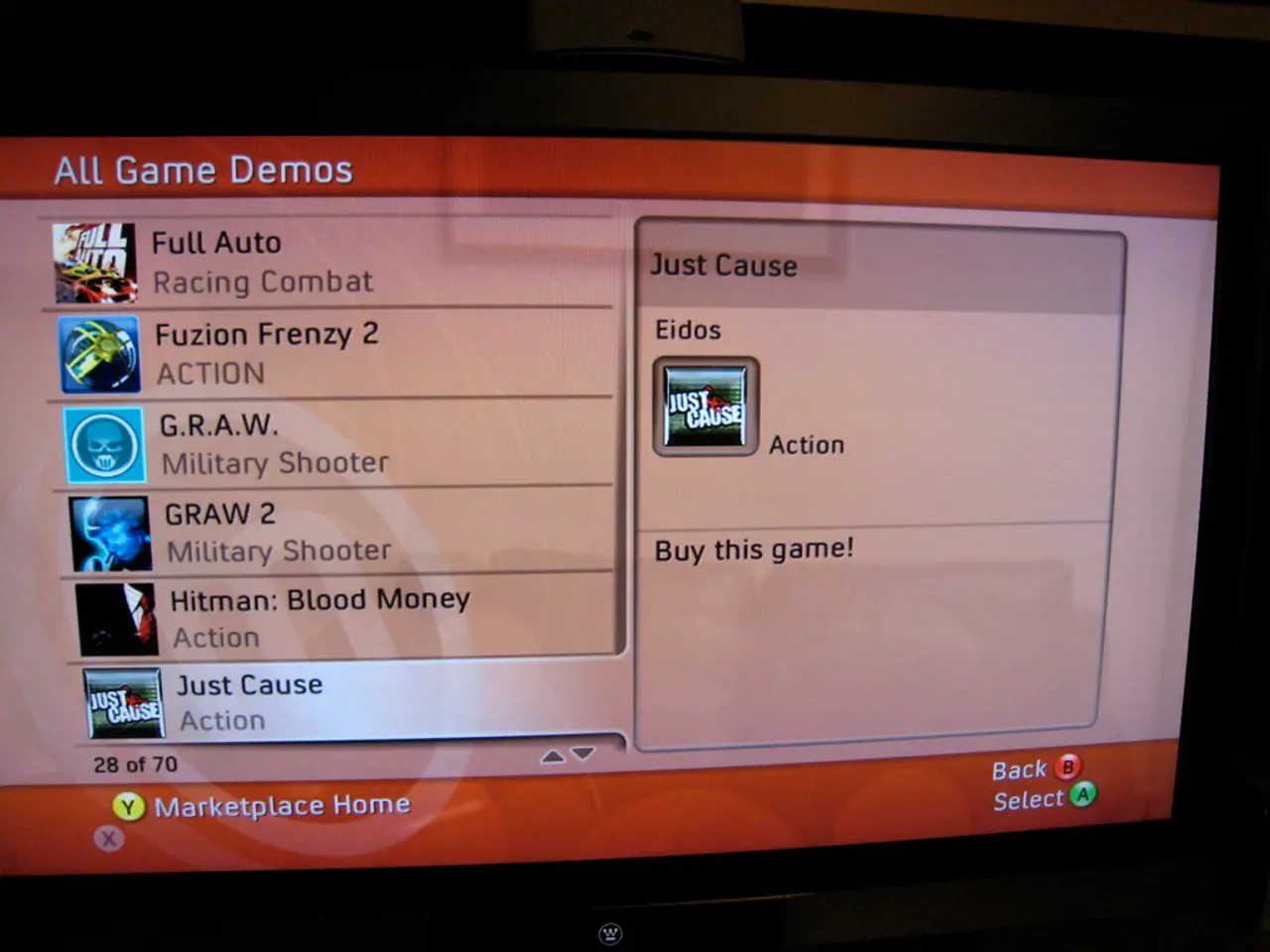Guide for Developing a Profitable On-the-Spot Delivery Application
In the rapidly evolving digital landscape, the on-demand delivery industry continues to grow, encompassing food deliveries, grocery deliveries, pharmacies, couriers, and home-based services like laundry and repair. To create a competitive and user-friendly on-demand delivery app, a well-thought-out strategy is essential. Here's a step-by-step guide to help you navigate the process.
- Market Research
Before diving into development, conduct thorough market research to identify your target audience, analyse competitors, assess user pain points, and determine your unique value proposition. Understand how your app will solve problems better than existing solutions to stand out in the crowded market.
- Choose a Business Model
Select a suitable business model based on your revenue strategy (e.g., commission-based, subscription, freemium, or ad-based) and choose between a single-store or aggregator platform approach. This decision should align with your target market and budget.
- Define Essential Features
Define essential features for all user roles: customers (registration, search, ordering, payments, real-time tracking), delivery agents (order list, GPS navigation, order status updates), service providers, and an admin panel for oversight.
- Choose the Right Technology Stack
Common choices include React Native or Flutter for frontend cross-platform development, Node.js or Python for backend, MongoDB or PostgreSQL databases, reliable payment gateways like Stripe or PayPal, Google Maps API for location services, and cloud hosting via AWS, Google Cloud, or Azure.
- Develop a Minimum Viable Product (MVP)
Develop a Minimum Viable Product (MVP) focusing on core features prioritized through your product roadmap. This approach shortens time to market and allows iterative improvement based on user feedback.
- Prioritize User Experience (UX)
Design intuitive, minimalistic, and seamless navigation interfaces to ensure simplicity and engagement. Start with wireframes to map user flow before moving to detailed UI design.
- Implement Secure Payment Options
Integrate secure payment options to build trust and ease of transactions, taking care to comply with relevant security standards for payment processing.
- Real-Time Order Tracking
Implement real-time order tracking via GPS to keep customers informed and enhance transparency during delivery.
- Marketing Strategy
Plan and execute effective marketing strategies to reach your audience and promote app adoption once launched, including targeting identified user segments from your research.
- Post-Launch Monitoring and Updates
Continuously monitor user feedback, app performance, and market changes post-launch. Regularly update the app to fix issues, add new features, and improve user engagement and retention.
By following these structured steps—from deep market analysis through MVP development and continuous refinement—you can ensure the development of a competitive, user-friendly, and scalable on-demand delivery app. Collaborating with an experienced mobile app development company can help finalize the business model and transform it into a functional architecture.
- To create a competitive on-demand delivery app, it's crucial to study the Java technology landscape and explore popular coding frameworks such as Spring or Hibernate for the backend development, given the importance of ensuring scalability.
- In the process of selecting technology components, don't forget to consider technology trends in finance and lifestyle sectors, as these areas could potentially impact the growth and profitability of the business.
- In addition to the essential features mentioned earlier, it might be beneficial to incorporate machine learning algorithms for demand forecasting and route optimization to streamline operations and improve service efficiency.
- Once the MVP is developed, evaluate the app's performance using analytics and business intelligence tools to identify areas for improvement and to make data-driven decisions when it comes to modifying the technology stack or introducing new features.




